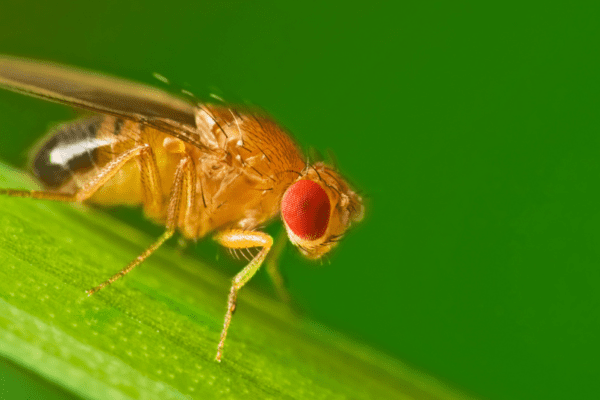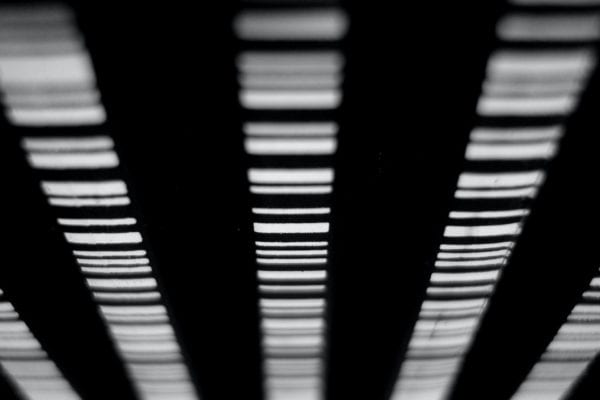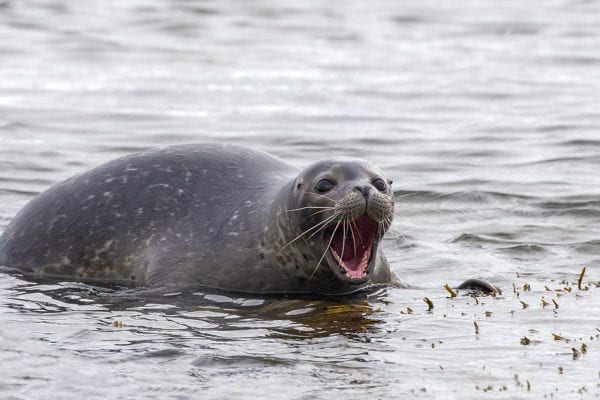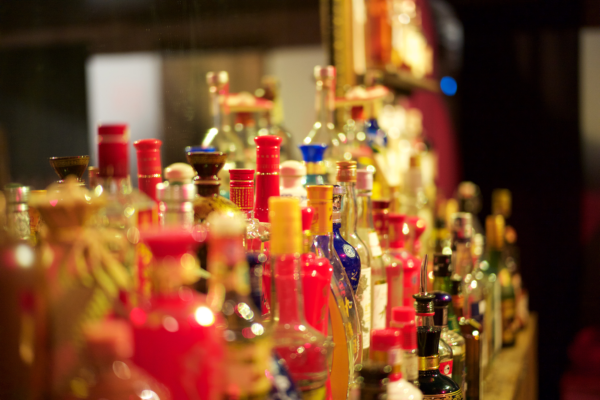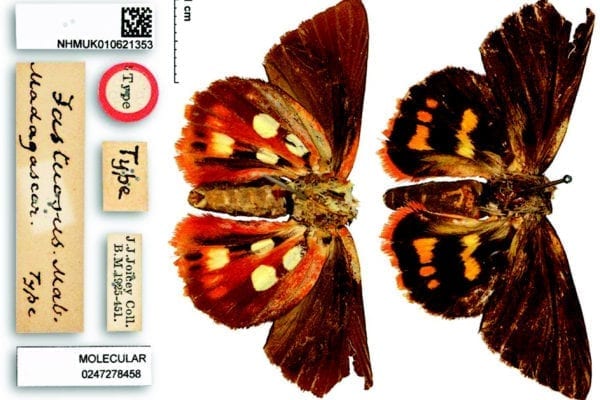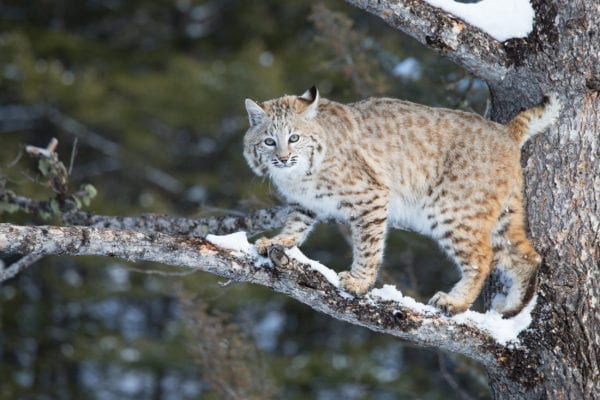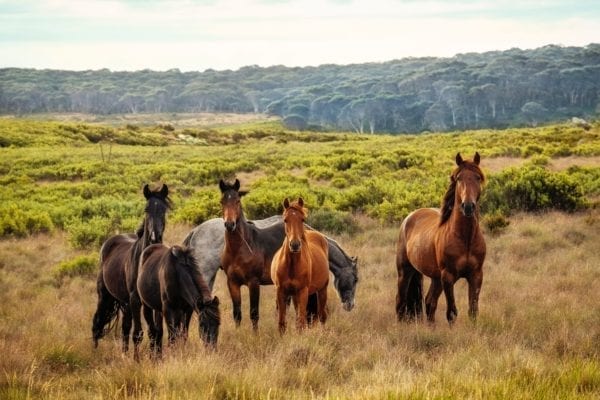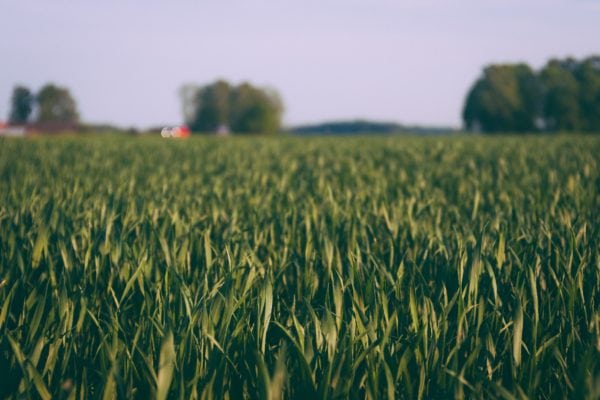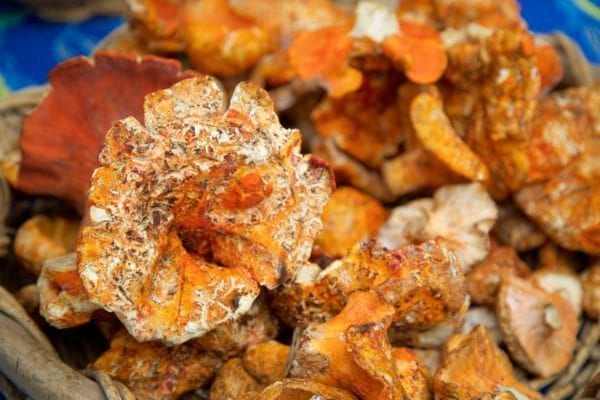We have the pleasure of introducing Dr. Andrew Simmonds, the newly appointed Co-Editor-in-Chief of Genome. Dr. Simmonds is a distinguished Professor and Chair at the University of Alberta, where…
Q&A with Dr. Melania Cristescu With pipette tip boxes that disappointingly never fill themselves, failed polymerase chain reactions, and gel images that can feel an awful lot like…
Scientists learn about how animals live their lives based on what they eat. A selection of papers in the Canadian Journal of Zoology details the surprising tastes of predators.…
Animals are complex biological machines made of millions of molecules, proteins, and cells. The instructions for how all the pieces work together is contained within an animal’s genome. When…
The best liquor comes from the oldest mud pits. Over 70% of all distilled beverages produced in China are a flavourful liquor, traditionally made in a process that includes…
Sitting in natural history collections around the world are single specimens collected 50, 100, or even 200 years or more ago. In some cases, these rare specimens are the…
Bobcats (Lynx rufus) are vulnerable to population decline due to road accidents and the loss and fragmentation of their habitat. To aid in their conservation, researchers use various genetic…
The next time you pause to take in the calming sight of a horse resting under a tree, consider that you are sharing an esthetic experience with people around…
One of Canadian Science Publishing’s longstanding journals, Genome, is welcoming a new editor: Dr. Lewis Lukens from the University of Guelph. Dr. Lukens’s research focuses on bioinformatics and quantitative…
Nutty, sweet smell with a distinctive taste—this is a typical culinary description of lobster mushrooms, prized by amateur cooks and chefs alike. Yet behind the tasty morsels is a…


